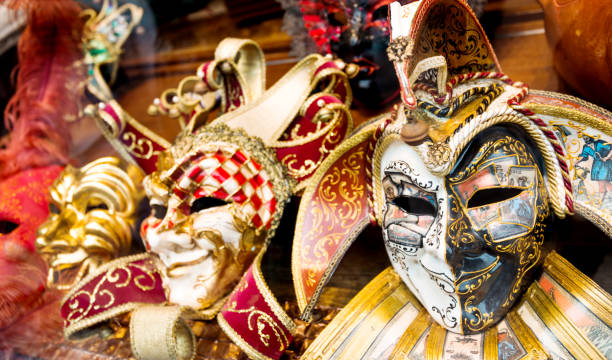Unmasking the Mystique: The Art of Masked Festivals Around the Globe
Masked festivals have been part of the cultural fabric of many societies around the globe for centuries. These grand occasions, where participants don elaborate masks and costumes, have deep historical roots and rich traditions. Today, they continue to captivate travelers with their vibrant colors, intricate designs, and theatrical performances. This article explores the allure of masked festivals, showcasing how they reflect cultural values, historical events, and societal changes.

The Historical Context of Masked Festivals
The tradition of masked festivals dates back to antiquity. They were initially used as a means to communicate with deities, ward off evil spirits, or celebrate seasonal changes. Over time, these events evolved to reflect societal changes and became an integral part of cultural celebrations. For example, the Carnival of Venice, one of the world’s most famous masked festivals, began in the 11th century as a public celebration to honor the victory of the Serenissima Repubblica against the Patriarch of Aquileia.
Current Trends and Developments
In the modern era, masked festivals have gained popularity among travelers who are keen on immersive experiences. They offer a unique blend of tradition, art, and theatre, which allows visitors to engage with the local culture deeply. Some festivals, like the Lucha Libre in Mexico or the Mardi Gras in New Orleans, have incorporated contemporary elements like pop culture references and political satire, making them dynamic and relevant.
The Allure of Masked Festivals: Benefits and Challenges
The primary advantage of masked festivals is the cultural immersion it offers. Participants get to experience the local culture firsthand, learn about historical traditions, and witness the artistic finesse that goes into creating the masks and costumes. However, the popularity of these festivals also poses certain challenges. Issues like overcrowding, waste management, and the risk of cultural commodification are increasingly becoming a concern.
Practical Applications of the Masked Festivals Trend
Travel agencies and tour operators are capitalizing on the allure of masked festivals by offering tailored packages. These include guided tours, mask-making workshops, and VIP passes to exclusive events. This trend is encouraging cultural tourism and benefiting local economies.
Must-know Facts about Masked Festivals
- The ‘Carnival of Venice’ in Italy is renowned for its elaborate masks, made from materials like leather, porcelain, or glass.
- ‘Fasnacht’, the Swiss-German carnival, has participants wearing masks made from wood, depicting various archaic and mystical characters.
- The ‘Gai Jatra’ festival in Nepal sees participants wearing masks of cows, believed to help the departed souls in their afterlife journey.
In conclusion, masked festivals offer a unique travel experience, merging tradition with contemporary cultural expressions. While they present certain challenges, their impact on cultural tourism and local economies cannot be overlooked. As we continue to explore the world, the mystique of masked festivals remains a vibrant testament to our global heritage and the enduring allure of cultural exploration.





